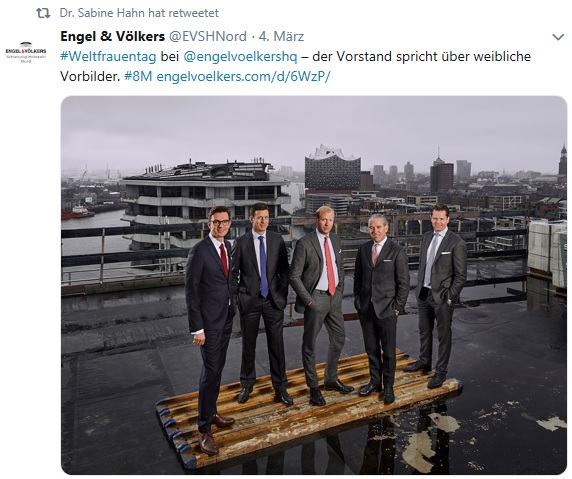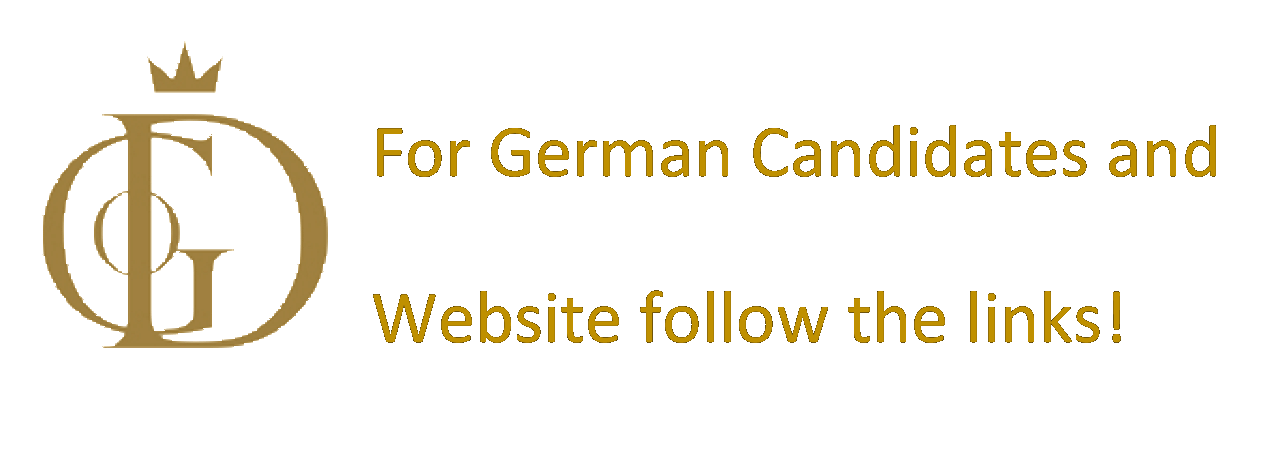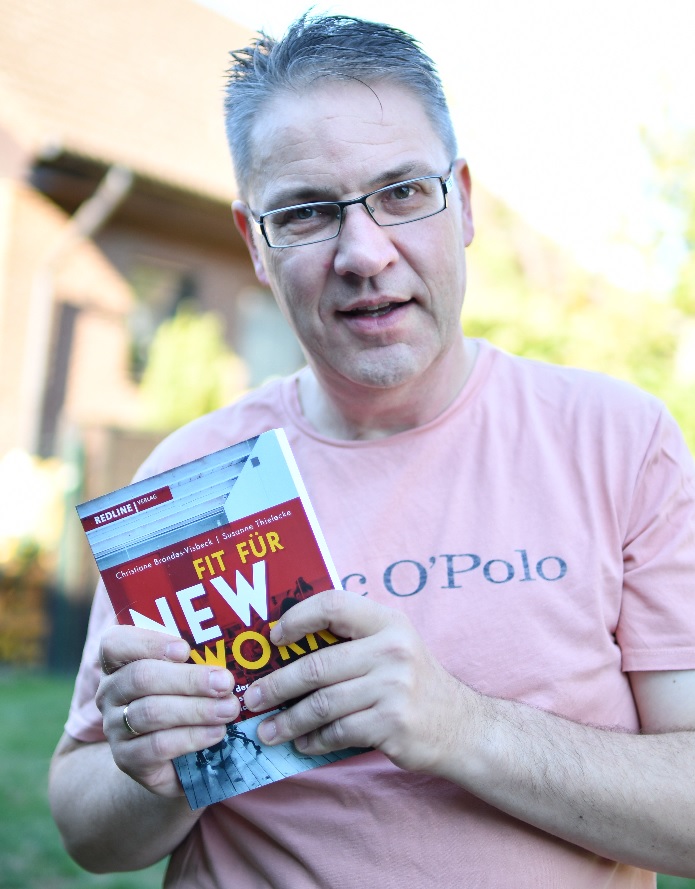A Board Needs Diversity
Intro
A tweet of the Hamburg company Engels und Völkers (a big german Real Estate Company) haunted the media during these days:

Reason for the criticism and a small shitstorm on Twitter: International Women’s Day and five men in top management talk about it. Where is the mistake? Can you see it on this Picture?
A Board needs Diversity
An executive Committee or a board in today’s world should and must set a good example for the whole organization: It is understandable that it is not always possible to adhere to 50/50. However, it is difficult for younger clients in particular to comprehend that a board of directors is 100% made up of only one gender (usually men).
In order to achieve a balanced relationship, the management levels of the Executive Board and Supervisory Board must set an example and send out a Signal for the whole company.
However, this should not be done for proportional or even legal reasons. Rather, it should be recognised that a mixed management body is more successful on average. Many countries, including Germany, for example, can learn a lot from Scandinavian countries or Iceland. Quotas can only be a tool and a temporary aid. All in all, everyone needs to rethink their thinking, not just at management level, but at all levels.
In order to promote the goals of diversity, I can recommend the FidAR. Here you will find a petition for all those who are committed to the topic.
There are now also forums and opportunities for networking among TOP women in business. One would be the Global Female Leaders Summit, which takes place every year, currently again in May in Berlin.
Supplement
In the discussion Engel und Völkers is only exemplarily at the pillory. The posted picture also seemed rather cynical with the text and was a steep template for the reactions.
However, Engel and Völkers reacted correctly (at least from a social media point of view):

Not erasing the tweet, not sticking one’s head in the sand, but facing the discussion on Twitter. No one demands to rebuild the board in the next days. But if the realization has prevailed to work on it and to notice the problem at all, already some was achieved.











